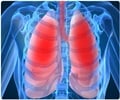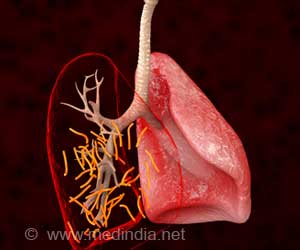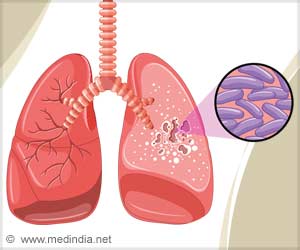An international, multi-centre clinical trial to search the investigational procedures in advanced widespread emphysema/COPD was announced today by researchers at Peoria Pulmonary Associates.
An international, multi-centre clinical trial to search the investigational procedures in advanced widespread emphysema/COPD was announced today by researchers at Peoria Pulmonary Associates. The study focuses on a technique called airway bypass, which is a bronchoscopic procedure that reduces the classic symptoms of emphysema/COPD like lung hyperinflation and shortness of breath by paving a new pathway for the escape of trapped air from the lungs.
During the airway bypass procedure, new openings are created in the airway wall connecting the damaged lung tissue to the natural airway. These pathways are supported and kept open by Exhale® Drug-Eluting Stents – manufactured by Broncus Technologies, Inc.“Patients with severe emphysema often live in poor physical condition, struggling with each breath,” states William P Tillis, MD, Principal Investigator of the study at Peoria Pulmonary Associates. “A goal of this study is to see if, by reducing hyperinflation and improving lung function with the airway bypass procedure, these patients may breathe easier and have a better quality of life.”
Emphysema, a component of COPD, is a chronic, progressive, and irreversible lung disease characterized by the destruction of lung tissue. The loss of the lungs' natural elasticity and the collapse of airways in the lung combine to make exhalation ineffective, leaving emphysema sufferers with hyperinflation because they are unable to get air out of their lungs. Breathing becomes inefficient and patients have to work very hard just to breathe – making normal activities, like walking, eating or even bathing, difficult. There are few treatment options for most patients with emphysema and there is no cure.
Physicians commonly use bronchoscopes to examine the airways within the lungs. During the airway bypass procedure physicians will first use a Doppler probe inserted through the bronchoscope to identify a site in the airway that is away from blood vessels. A special needle is then used to make a small opening and an Exhale® Drug-Eluting Stent is placed in the passageway to keep it open. The procedure involves placing up to six drug-eluting stents. The total time of the procedure is approximately one to two hours.
This procedure is still under clinical investigation, and results from the open-label Exhale Drug-Eluting Stent feasibility study were published in the October issue of the Journal of Thoracic and Cardiovascular Surgery. Positive results in that study included a statistically significant reduction in the amount of air trapped in the lungs and an improvement in breathing for patients at six months after the airway bypass procedure.
Involvement in the study will last from approximately 15 months up to 5 years (depending on whether the patient is randomized to the control or the treatment group) and include 8 to 16 physician appointments. All study-related medical procedures will be carried out at no charge to the patient and patients will be closely monitored throughout the trial. Participants will also receive at least 14 weeks of pulmonary rehabilitation therapy.
Advertisement
KAV/K








